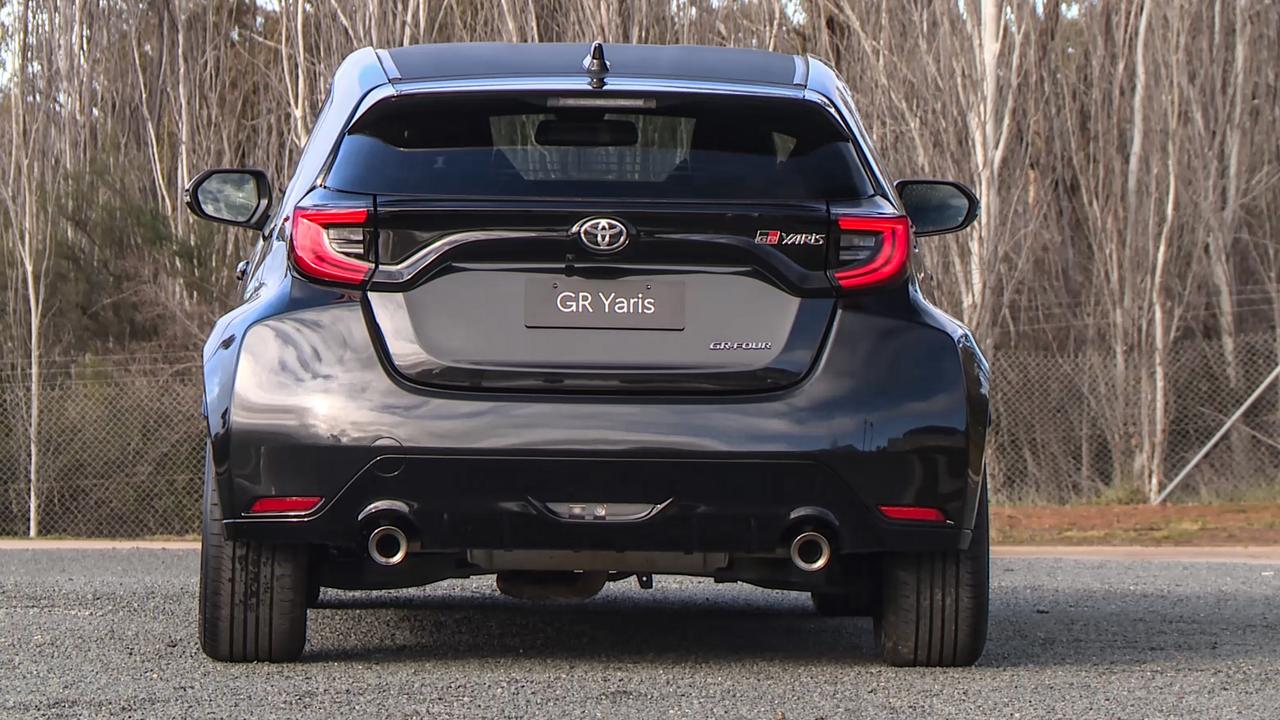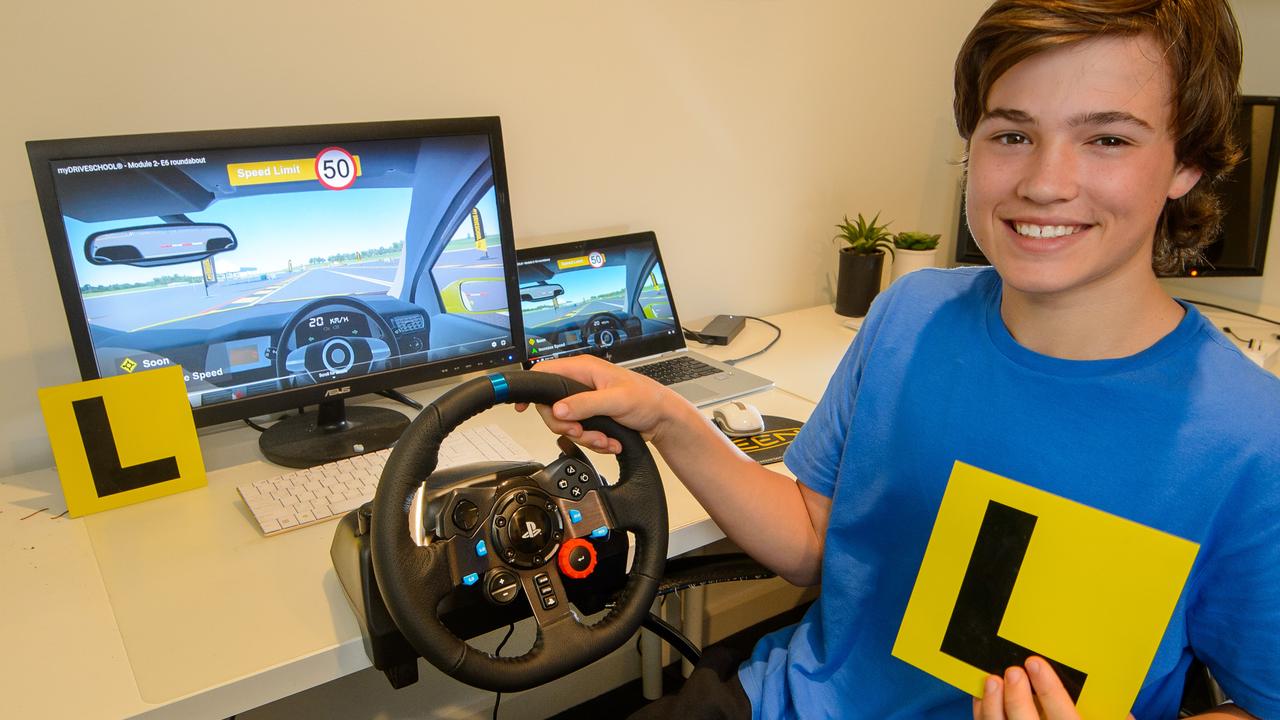The most expensive states and territories to buy a new car and why
Australians buy more than one million new cars every year, but buyers in some states are paying more than others. This is why.

Where you live can affect how much you pay for a new car.
New analysis by car comparison website PriceMyCar sorted through 60,000 new car sales over the past six months and found that NSW residents paid less than all other states on average.
Victorians pay the least of the rest, followed by Queensland, ACT, Tasmania, Western Australia, South Australia and the Northern Territory.
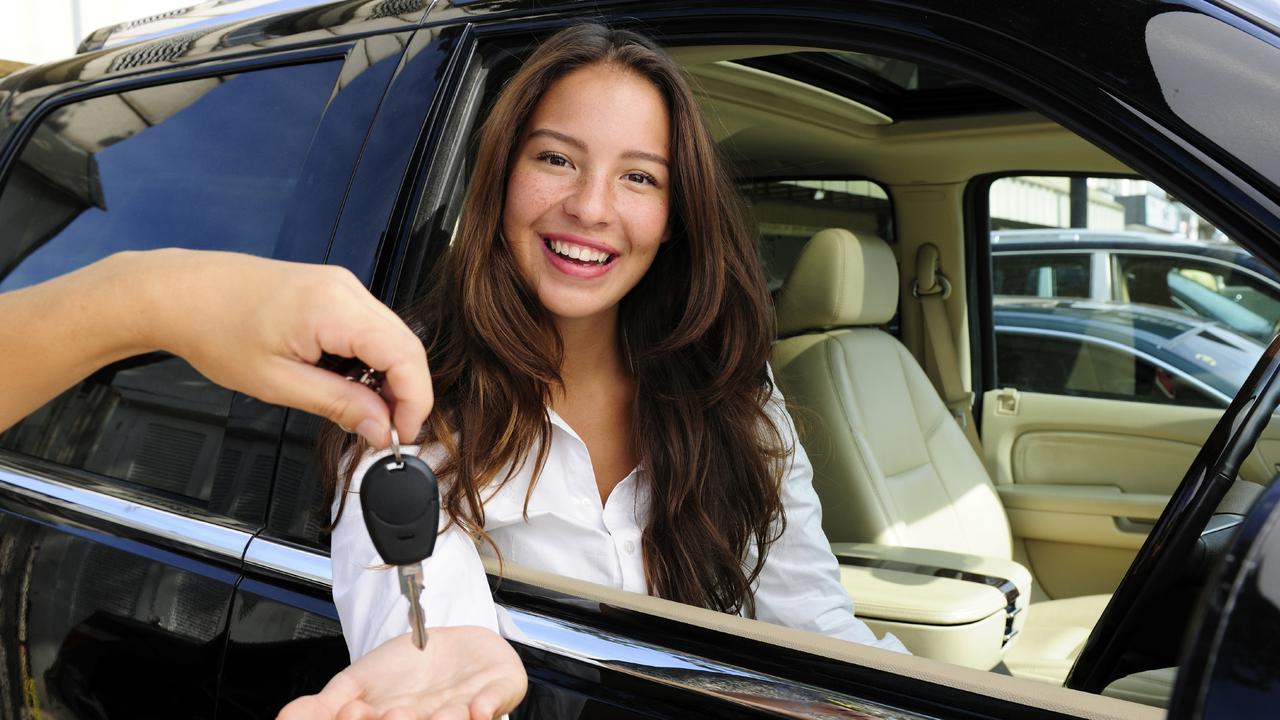
The average price of a new car is about $35,000 which means a Northern Territory buyer could pay close to $1000 more than someone in NSW.
The data also showed that prices can vary wildly between states for the same brands. NSW buyers can expect to pay almost five per cent less than the national average for a Mazda.
South Australians can pay about $1500 more for a Nissan than Victorian buyers.
Manufacturers set the base retail price for all vehicles, but there are a number of “on-road” costs on top of the recommended retail price.
Stamp duty is the biggest difference. This is a state-based tax applied on top of GST, luxury car tax and import tariffs. It adds a sizeable chunk onto to the price of your vehicle and it can vary widely depending on your location.
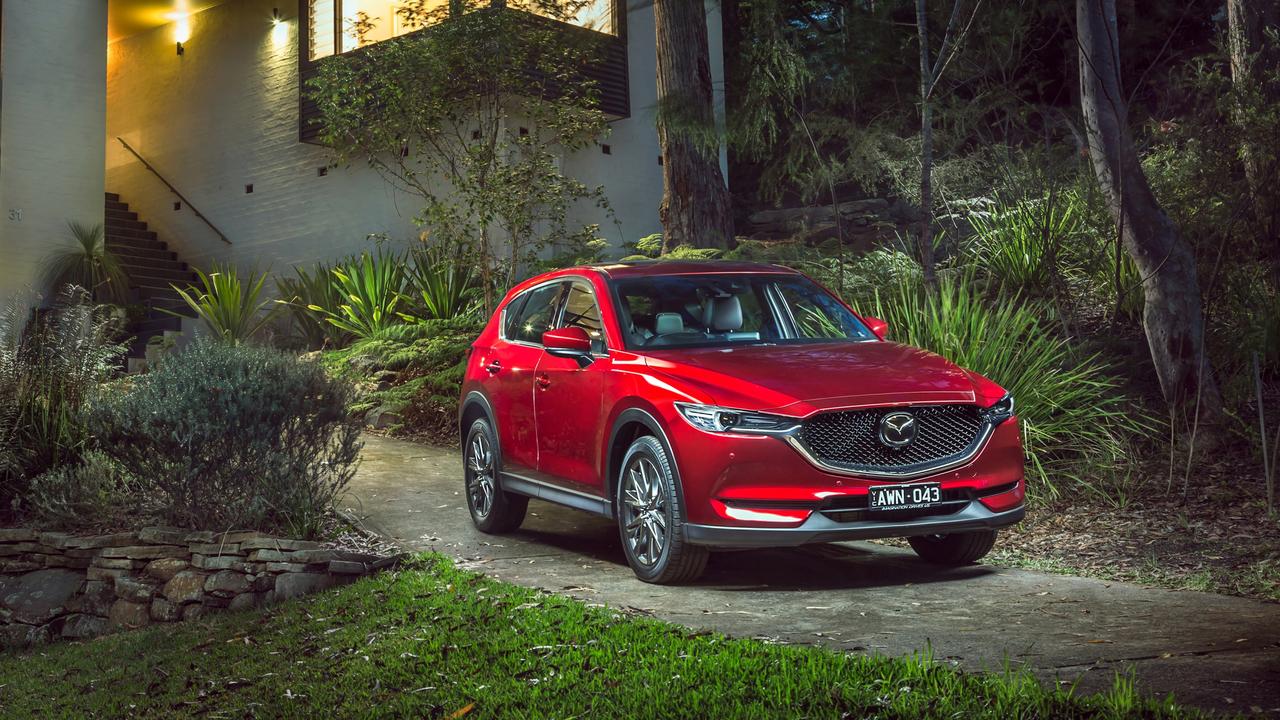
NSW residents get off the easiest with any vehicle under $45,000 slugged with a 3 per cent charge. But the tax jumps to 5 per cent for any part of the cost more than $45,000, plus a $1350 fee.
The Victorian government charges 4.2 per cent on vehicles under $67,525 and 5.2 per cent tax applied to any value from there up to $100,000.
But from July this year the Victorian government increased stamp duty on cars over $100,000 to 7 per cent and cars over $150,000 to 9 per cent.
At the time the head of the Federal Chamber of Automotive Industries (FCAI), Tony Weber, called out the hike as a blatant money grab which is targeting families with a new luxury car tax.
“What’s more disturbing is that it is a tax on safety and technology. It targets vehicles that introduce innovative safety and technical features to the market,” says Weber.
“And the vehicle which attracts the most LCT is a Toyota LandCruiser — a popular vehicle for families and landholders. Hardly a luxury vehicle.”
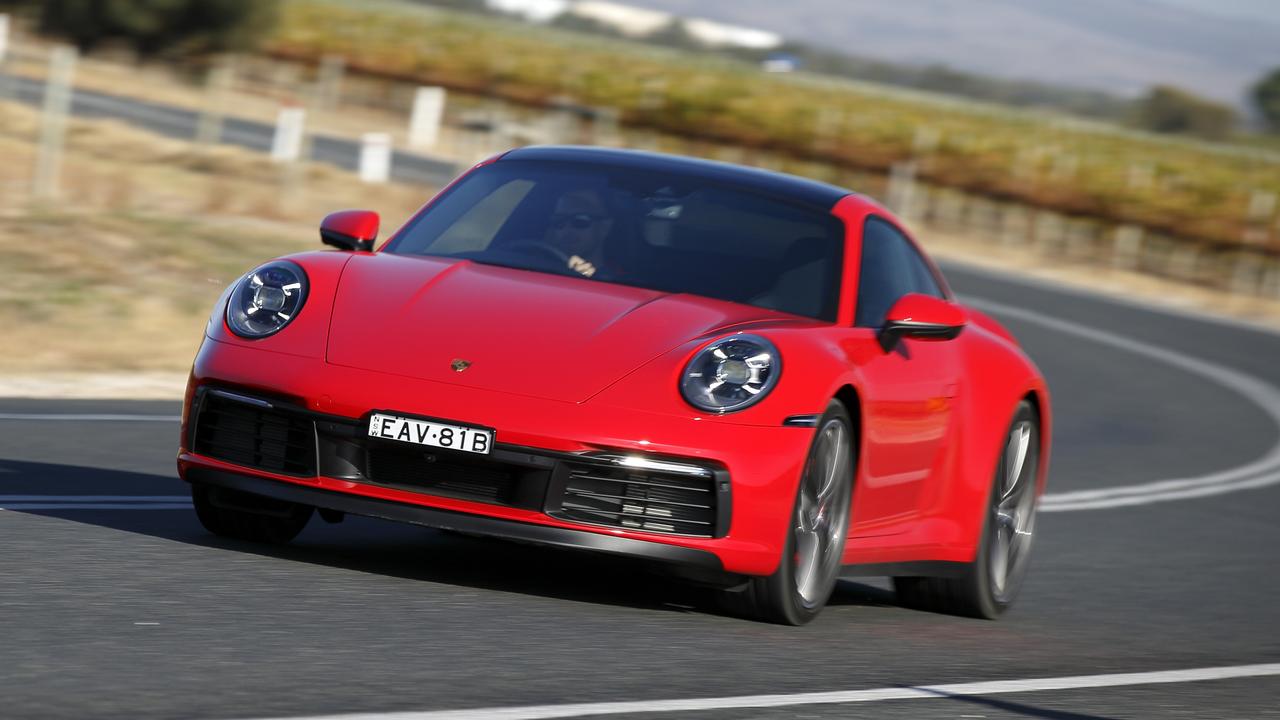
Queenslanders are charged depending on engine size and if it is below or above $100,000. Vehicles with up to four cylinders are stung with a 2-4 per cent charge, five and six-cylinder cars are hit with a 3-5 per cent charge and anything with more cylinders receives a 4-6 per cent charge. Electric and hybrid cars are charged just 2 per cent.
South Australian drivers are hit with a 4 per cent charge and Western Australian motorists are charged a rolling rate that goes up to 6.5 per cent from $50,000.
There are other factors at play, though.
NSW residents benefit from having the largest population which creates economies of scale. Buyers have more bargaining power and increased competition means they can shop around. NSW also benefits from being close to ports where cars are delivered meaning they save on considerable transport costs.
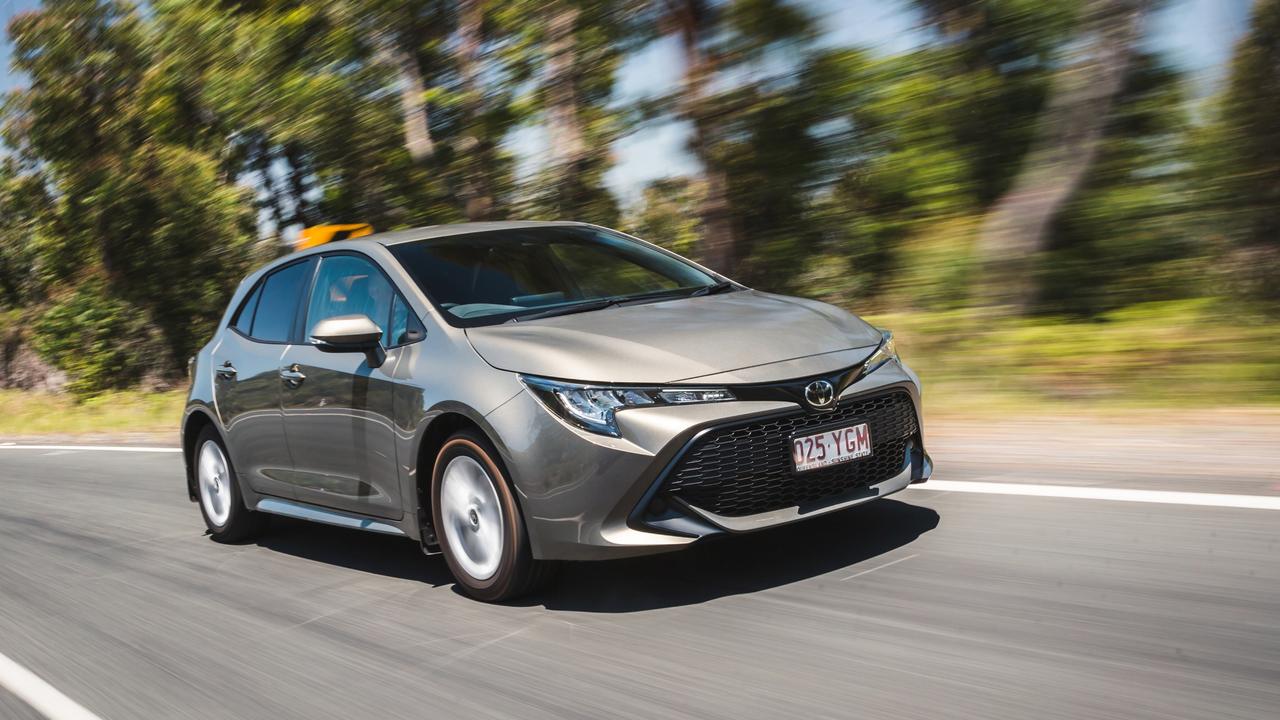
Victorians are also lucky in this regard but smaller states cop the brunt of higher transport costs — especially WA — and the effects of lower competition.
It’s a buyers’ market at the moment, as new car sales are down by about 8 per cent for the year. And dealers could be more likely to offer great deals to get sales over the line to meet targets.
PriceMyCar chief David Lye says his website can help with comparing prices without having to drive around all weekend visiting dealers.
“It inspires competition among dealerships to contest for business and awareness, and with over 300,000 new-car prices, quotes, invoices and deals, consumers have a wealth of choice,” he says.
The reality is most new cars are incredibly good value compared to historical prices. The price of a Toyota Corolla has hardly increased in the past 20 years, with a price in the low $20,000 range. This is despite inflation, more efficient engines and increased standard safety and technology.
One area where new cars can become more expensive than in years past is the rapid growth of optional extras. The new Range Rover Evoque luxury SUV has almost 20 pages of suggestions for personalising your purchase. They include different paint schemes, cabin trims, audio, wheels, display screens and even headlight designs. And that’s before you start on the driver aids.


